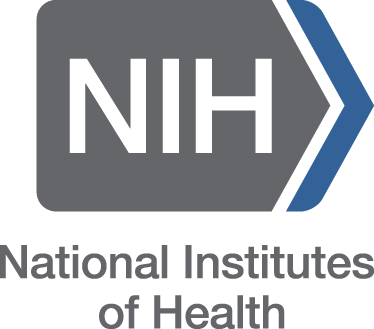CRISPR-Cas9 Applications Across Different Cancer Types: Targets, Strategies, and Outcomes
DOI:
https://doi.org/10.63001/tbs.2025.v20.i02.S2.pp189-193Keywords:
CRISPR-Cas9, genome editing, cancer therapy, gene modification, gene drive, off-target effects, therapeutic applicationsAbstract
Targeted gene modification, facilitated by engineered nucleases such as CRISPR-Cas9, has revolutionized therapeutic strategies, offering precise and cost-effective methods for gene editing. The CRISPR-Cas9 system, composed of the Cas9 endonuclease and single guide RNA (sgRNA), allows for targeted DNA cleavage at specific sites, making it a powerful tool for genome editing. This review explores the CRISPR-Cas9 mechanism, which involves three primary stages: recognition, cleavage, and repair, with key repair pathways including non-homologous end joining (NHEJ) and homology-directed repair (HDR). The review further highlights the growing applications of CRISPR technology in cancer therapy, including its use in treating breast cancer, lung cancer, leukemia, liver cancer, colorectal cancer, and prostate cancer. Various CRISPR-based approaches, such as the use of Cas9 nickase (Cas9n) to reduce off-target effects and the manipulation of oncogenes and immune checkpoint genes, show promising therapeutic potential. Despite its transformative impact, the application of CRISPR-Cas9 is not without limitations, including concerns regarding off-target mutations, genetic drift, and ecological implications in gene drive systems. These challenges necessitate further refinement of the technology to ensure its safety and efficacy. Overall, CRISPR-Cas9-based genome editing is a pivotal advancement in cancer therapy, offering new avenues for precision medicine while also raising important ethical and technical considerations.






























